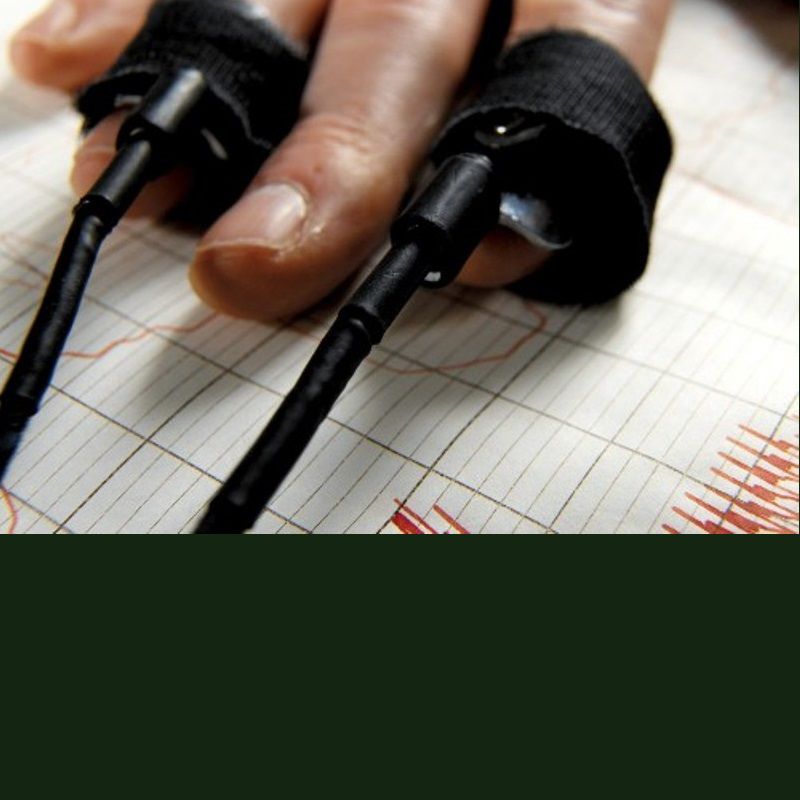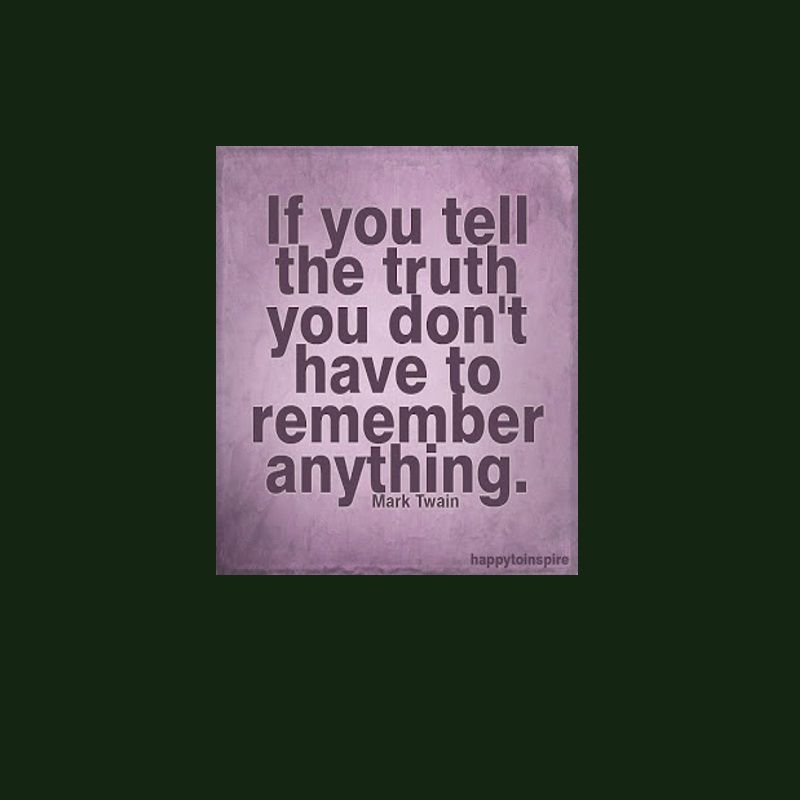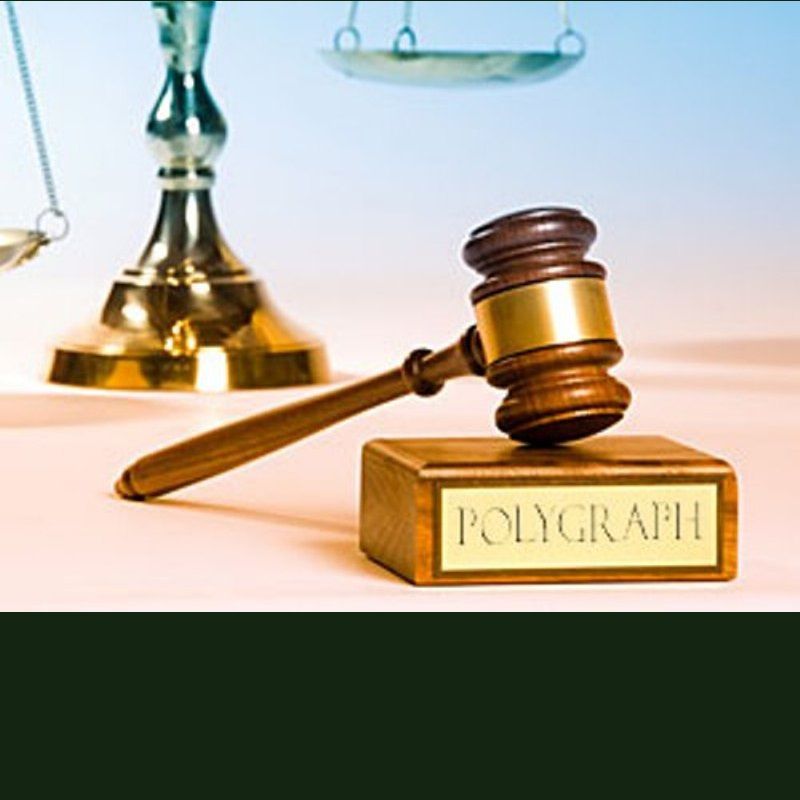Kobus Cronje worked for the South African Police Service as a detective from 1991 until 2009. He became a detective within the South African Police Service in 1995. He was trained by the American FBI as a Hostage and Suicide Negotiator in 1997. Kobus was trained as a Forensic Psycho physiologist (Polygraph Examiner) in 2007 by the American International Institute of Polygraph (SA) (AIIP) Polygraph School with Chuck Slupski being the principal instructor. The American International Institute of Polygraph (SA) (AIIP) is an APA accredited training institution. Between December 2007 and February 2009 Kobus conducted Polygraph Examinations within the South African Police Service until he left the Service and started practicing as a private Polygraph Examiner. He attended several Polygraph Advanced and Specialized training course from 2008 to date. All these courses were conducted by the South African Professional Polygraph Association (SAPPA) in conjunction with the American International Institute of Polygraph (SA) (AIIP) as per requirements from the America Polygraph Association (APA). To date Kobus has conducted more than 7 000 Polygraph Examinations in all categories.


The Polygraph instrument consists of a instrument box and three major components: Two Pneumatic tubes that records changes within a person’s upper and lower body’s movements and respiration; Two Galvanic plates that records changes in skin resistance and perspiration; A Cardiac cuff that records changes in the heart rate and the diastolic relative blood pressure.
These components records normal body movements when an examinee are subjected to a series of questionings. Any physiological changes that are experienced by the examinee when he or she answers the questions posed to them are then recorded with the normal movements.
By analysing these physiological reactions recorded, a trained and experienced Polygraph Examiner can then be able to give and opinion regarding the examinee’s truthfulness regarding the relevant questions posed to him or her.
Polygraph examinations are utilized by anyone, any person, any company and any institution that require the need to establish the TRUTH.
For what reasons are Polygraph Examinations utilized?
Specific investigations with the intent to clear the innocent and unmask the guilty person or persons;
General screening investigations with the intension to establish financial losses and the person or the persons responsible therefore;
Background screening of potential new employees, with the intent to establish their truthfulness to the information supplied in their application and the ethical conduct at their previous or current employers.
As an assistance to investigations with the intent to verify or discredit statements made by any suspects, witnesses or complainants.
An aid in obtaining truthful statements, hidden evidence and any additional investigation leads.


Over 250 studies done over the past 75 years regarding the soundness, correctness and consistency of polygraph testing by the American Polygraph Association (APA) has placed the accuracy of the polygraph examination result at 98 percent. The American Polygraph Association (APA) undertook an exhaustive review of all the peer-reviewed publications on polygraph testing that represented field practices and which met the requirements of the American Polygraph Association’s (APA) standards of practice.
A meta-analysis was conducted, and a report was completed in late 2011. An executive summary of the report is freely available and it can be downloaded by visiting the Executive Summary of the Meta-Analytic Survey Accuracy of Validated Polygraph Techniques. The executive summary reports that 38 studies satisfied the qualitative and quantitative requirements for inclusion in the meta-analysis. These studies involved 32 different samples, and described the results of 45 different experiments and surveys. They include 295 scorers who provided 11 737 scored results of 3 723 examinations, including 6 109 scores of 2 015 confirmed deceptive examinations, 5 628 scores of 1 708 confirmed truthful exams.
Nervousness should not affect the results of a polygraph examination. Any examinee (undergoing a polygraph examination for the first time or not) is expected to be nervous when taking a polygraph examination, whether they are planning on answering the relevant questions truthfully or not. Nervousness is taken into account and any experienced polygraph examiner should only take note of action specific responses.


Although polygraph examinations are considered to be quite accurate if conducted correctly in accordance with national and international standards and requirements it is not accepted as the only evidence in any matter, it is only considered and accepted as supporting evidence. The main reason therefore is the fact that no polygraph examination can be duplicated and therefore the process and the result cannot be challenged or questioned.
FOLLOW US